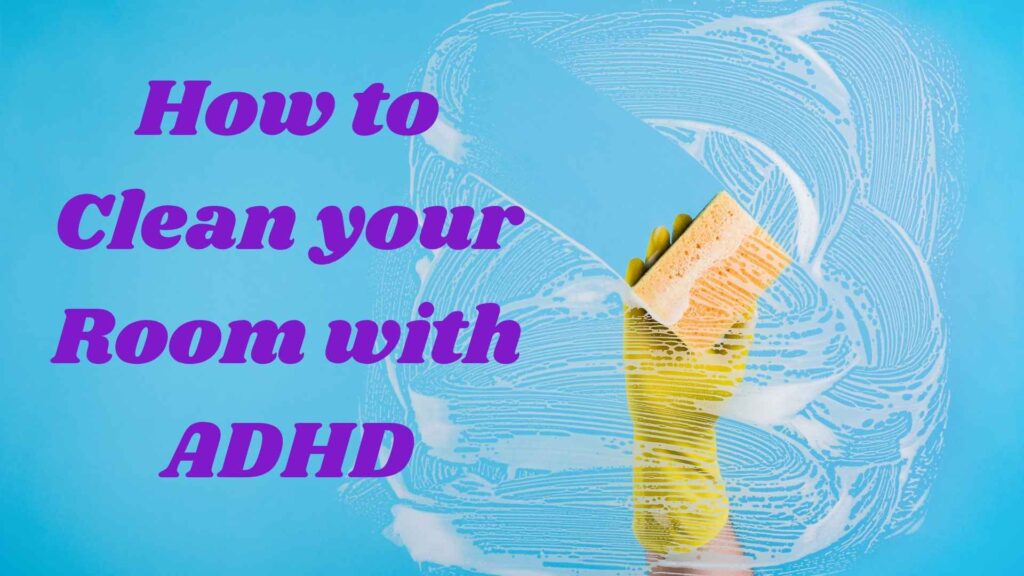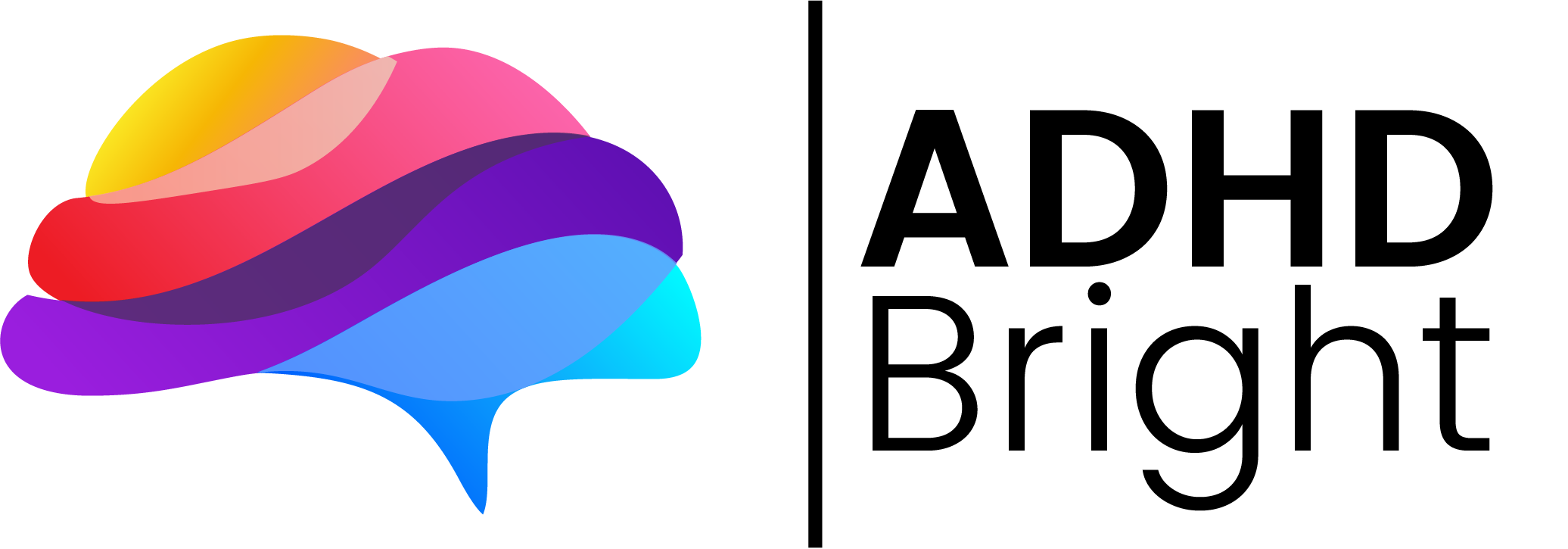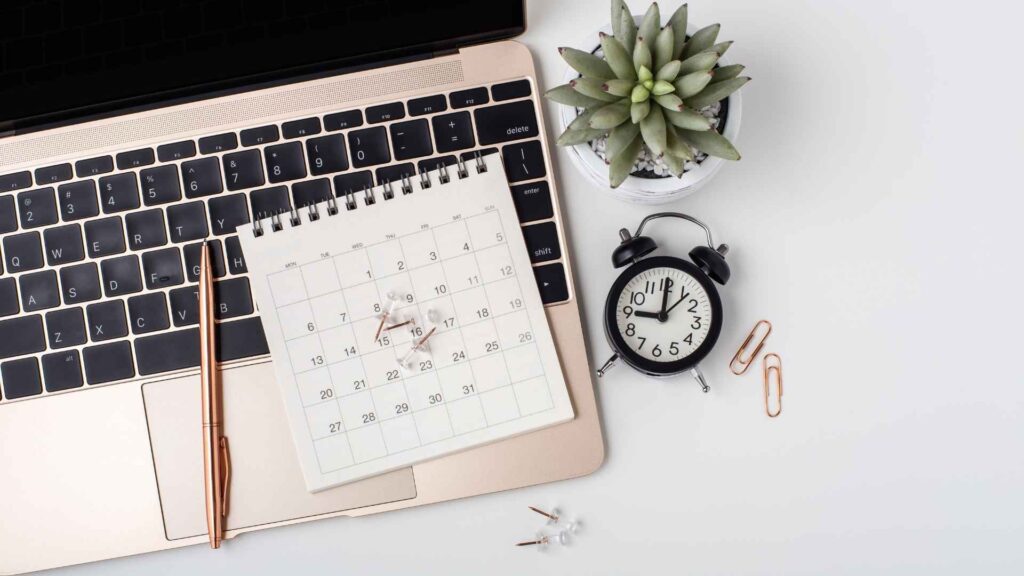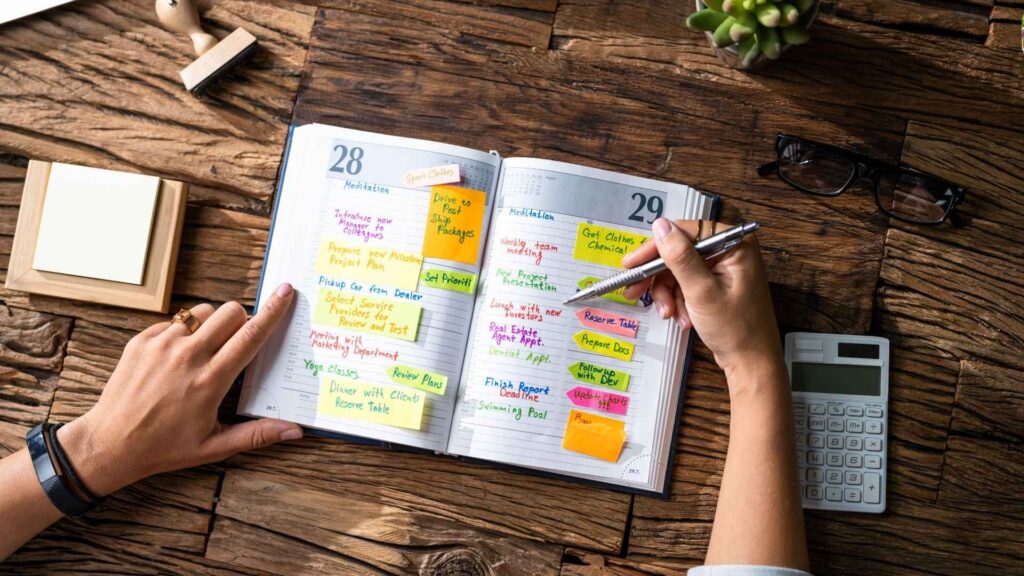If you’ve ever wondered how to clean your room with ADHD, you’re not alone. For many people with attention deficit hyperactivity disorder, keeping a tidy space can feel like an uphill battle.
You start with good intentions, but executive dysfunction — the ADHD brain’s challenge with planning, organizing, and follow-through — can make even small cleaning tasks feel impossible. The mess grows, your motivation fades, and before you know it, you’re sitting in a messy room, overwhelmed and unsure where to start.
The truth is, it’s not about laziness. It’s about how your brain works. By breaking cleaning into manageable tasks, using smart organizational tools, and tailoring your approach to your executive functioning skills, you can create a system that keeps your room clean and calming — without it consuming your whole day.

1. Start Small: Focus on One Surface or One Room
When your room feels chaotic, your brain might freeze from feeling overwhelmed. That’s executive dysfunction at work — your mind sees a mountain instead of a few steps. The key is to pick one category or area to handle first, so you can get a visible win.
Start with surfaces. Clear your desk, dresser, or nightstand first so the space feels instantly calmer. Move dirty dishes to the kitchen sink, toss dirty clothes into the hamper, and stack clean clothes neatly. Once surfaces are done, move to the bed, then the floor.
Think of it as a sequence:
Surfaces → Bed → Desk → Floor.
You’re not cleaning the entire house, just reclaiming one room one layer at a time. Each finished area gives your brain a dopamine hit, making the next task easier to start.
And remember the rule: “Don’t put it down — put it away.” Every time you place something in its home, you’re training your executive functioning skills to organize automatically.
2. Use Organizational Tools to Keep Your Space ADHD-Friendly
Once your room starts feeling clearer, it’s time to make it easier to stay that way. Organizational tools aren’t about aesthetics — they’re about saving mental energy and supporting your executive functioning skills.
Dedicate specific spaces for specific items. Keep keys on a hook by the door so you never misplace them again. Have a dirty clothes basket and a separate place for clean clothes. Store t-shirts in open bins or use open shelving instead of drawers, since seeing your stuff acts as a physical reminder to put things away.
Investing in smart organization transformed both my room and my workspace. Visual structure gives your adhd brain less to remember and more to rely on.
3. Break Cleaning Into Bite-Sized Tasks
Cleaning doesn’t have to mean spending hours deep-cleaning your entire house. In fact, that’s usually counterproductive for ADHDers. Instead, break cleaning into bite sized steps.
For example:
- Pick up clothes first.
- Wash dirty dishes next.
- Then clear your desk.
- Finally, do quick laundry sorting.
You’re dividing one huge chore into smaller manageable tasks that feel possible. Each small win teaches your brain that cleaning can be completed without burnout.
If you struggle to stick with a task, set a timer for 10 or 15 minutes. You’ll be surprised how much stuff you can organize in a short time when you just start.
If getting started feels impossible, read ADHD Task Initiation: How to Start When You Feel Stuck. It breaks down the science behind executive dysfunction and shows step-by-step strategies for overcoming that mental block so cleaning feels less like an uphill battle and more like momentum in motion.
4. Use Music and Movement to Boost Focus
Cleaning tasks are more enjoyable when they don’t feel like chores. Music, movement, and sensory engagement help kids, teens, and adults with ADHD stay focused and alert.
Put on your favorite playlist or upbeat background sounds. It gives your brain rhythm and structure to follow, helping you manage focus while doing repetitive tasks like folding clothes, washing dishes, or clearing your desk.
If your room is large, play music as you move from one task to the next — it keeps momentum and makes transitions easier. Music creates a sense of flow that reduces feeling overwhelmed.
5. Develop Systems That Stick
A clean room isn’t a one-time project — it’s a routine built on systems. ADHDers need structure that’s visible, forgiving, and sustainable.
Here are a few systems that make all the difference:
- Daily reset: spend 5 minutes returning items to their spots before bed.
- Laundry system: keep hampers in sight for quick sorting.
- Clutter control: when in doubt, donate or throw away — if you haven’t used it in months, it’s taking up space you need.
- One task rule: finish one cleaning step before starting the next.
If you find it hard to develop systems, remember your executive functioning skills improve with repetition. The more often you organize, the faster it becomes second nature.
And yes, you can ask for help. A friend, parent, or even a house cleaner can help you complete bigger tasks or reset your rooms when you’re stuck. That’s not cheating — it’s support.
Bonus Tip: Create Physical Reminders That Make Sense to Your Brain
The ADHD brain thrives on visual cues. Use physical reminders to keep your systems easy to follow. Leave your laundry basket where you’ll actually use it, not hidden in the closet. Keep cleaning supplies visible so your brain registers the cue to act.
Even a small sign or sticky note on your desk saying “put things away” can help you track progress and organize more consistently. These micro-cues save so much time because they turn habits into automatic actions.
If you’re not sure what kind of system fits your personality, read How to Choose the Best Planner for ADHD. The same ideas for planning apply beautifully to organizing your space.
Accept How Your Brain Works
Keeping a messy room isn’t a reflection of your worth — it’s a reflection of your executive functioning skills and how your brain works. The goal isn’t to make your house clean like a magazine; it’s to make it work for you.
With the right systems, organizational tools, and manageable tasks, you can finally manage your room, your stuff, and your energy in a way that supports real mental health and calm.
You don’t need to change who you are. You just need to design your space for the brain you have.




